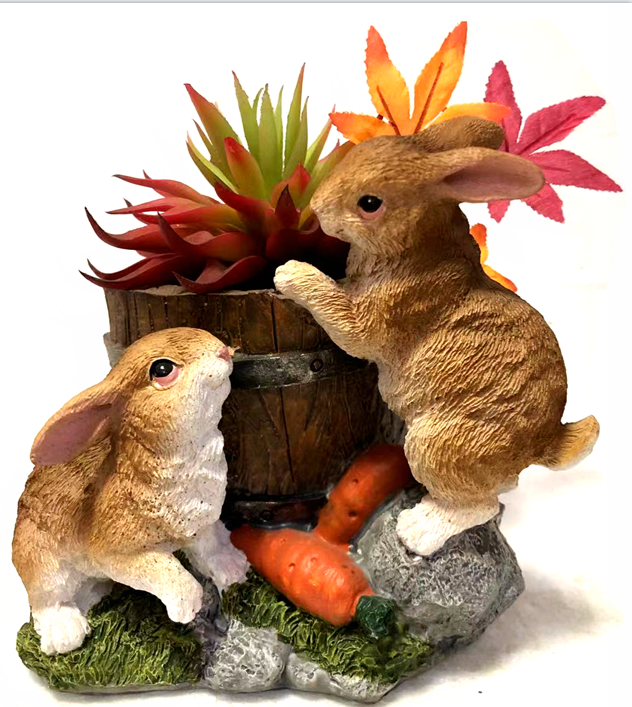The newbie usually chooses the beautiful ceramic flower pots with various beautiful patterns on. Concerning whether the flowers enjoy such a "house", they couldn't have cared less. Such development of blossoms will definitely prompt the finish of "seeing the pots" when the blossoms bite the dust.
To grow flowers, you must give the flowers a suitable environment for them to grow. So what kind of pots do the flowers like? Don't worry, let's first introduce the types of flower pots on the market.
Ceramic Pot
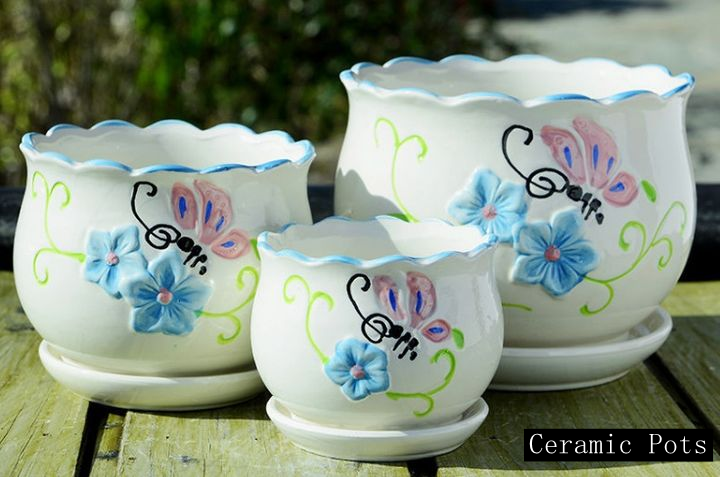
This kind of pot has one or several holes at the bottom, and some have a conjoined tray. It has a smooth glazed surface and beautiful patterns, which conforms to most people's aesthetics. The advantage lies in its beauty, but the disadvantages are fatal: the pot is airtight, impermeable, poor heat insulation, poor ventilation at the bottom of the basin, heavy, and fragile. Similar to ceramic pots, there are metal pots, glass pots, cement pots and other exotic materials.
Plastic Pot
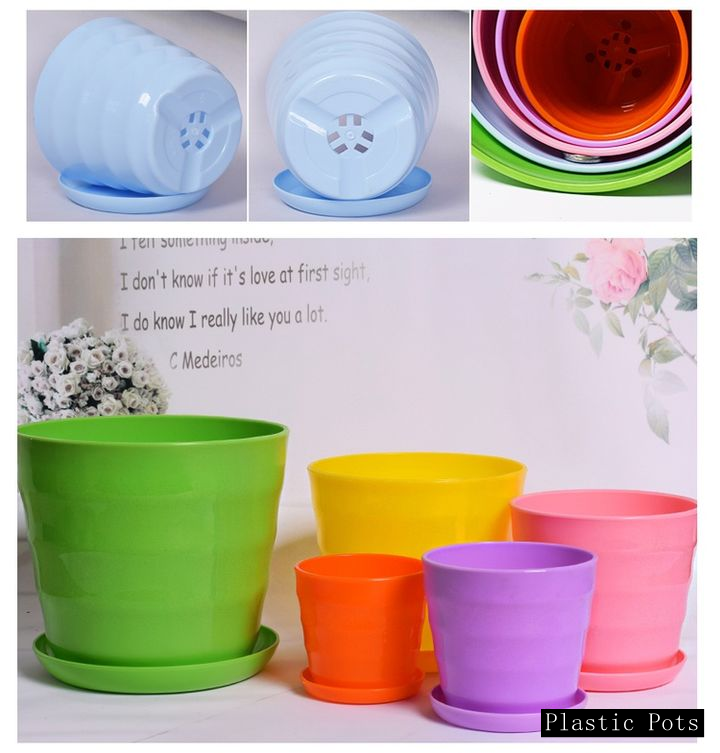
Plastic Pots are divided into ordinary plastic pots and resin pots. They are also common in the flower market, and some have patterns on the outer wall and some do not. This type of flowerpot is easy to shape and has a variety of designs. You can always find one you like. The advantages are: light weight, good heat insulation, variable shapes and colors, and more or less vent holes at the bottom. The disadvantages for the plastic pots are its easy deformation, Our handmade resin pots compared to plastic pots are much sturdy and hand painted colors can last longer.
Terracotta Pot
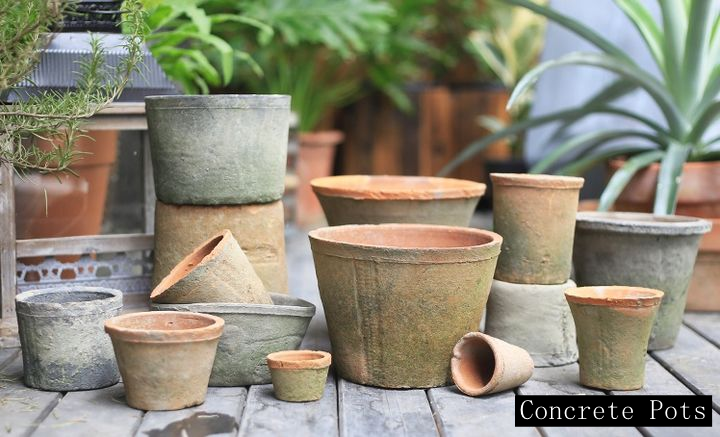
The earthenware pots are mostly blue-gray, with thick walls and rough workmanship, and are gradually eliminated of the market. The pottery pots are mostly brick red, and the workmanship is relatively fine. The advantage of this kind of flowerpot is that the wall is permeable and breathable, and the overall water and breathability is good. The disadvantage is that it is fragile and ugly appearance due to its difficulty in artwork.
Over the long run, the miniature vents on the mass of the bowl will be hindered by the salt drainage from the bowl soil and water, making it less breathable and water penetrable. There will be a layer of hoarfrost on the external divider, which is hard to eliminate.
Wooden Pot
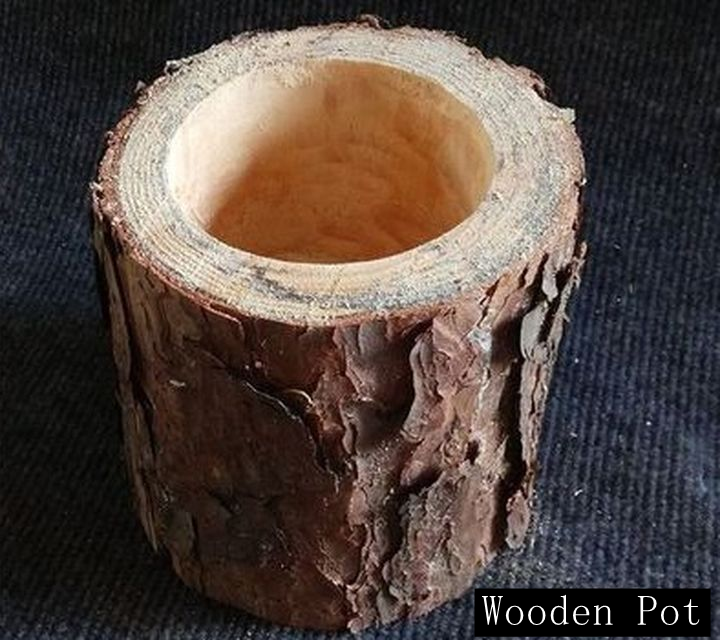
A large portion of these pots are dug out of wood, and a modest quantity of them are squeezed with sawdust or coconut palm. Their benefits are like those of ceramics pots, and they are light in weight, not delicate, and have great elaborate properties. The impediment is that it is not difficult to disfigure and decay, and the vast majority of them are not appropriate for long-term use.
Clay Pot
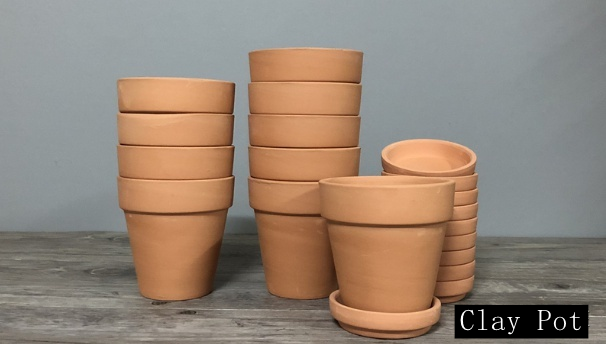
This sort of flower pot is made of minerals like purple sand, which is lovely in appearance and taller in height. Other advantages and disadvantages are similar to pottery pots, and salt will hasten on the external divider. It is worth mentioning that there is a kind of clay pots called sweat mud, which is said to be added with medical stone. The surface is rough and the air permeability is better than ordinary purple sand. requires attention:
There are many cheap fake clay pots on the market. Some people call it fake purple sand with plaster paint. Some are posing as pottery pots. Just be more careful when purchasing this kind of pot.
Root Control Pot
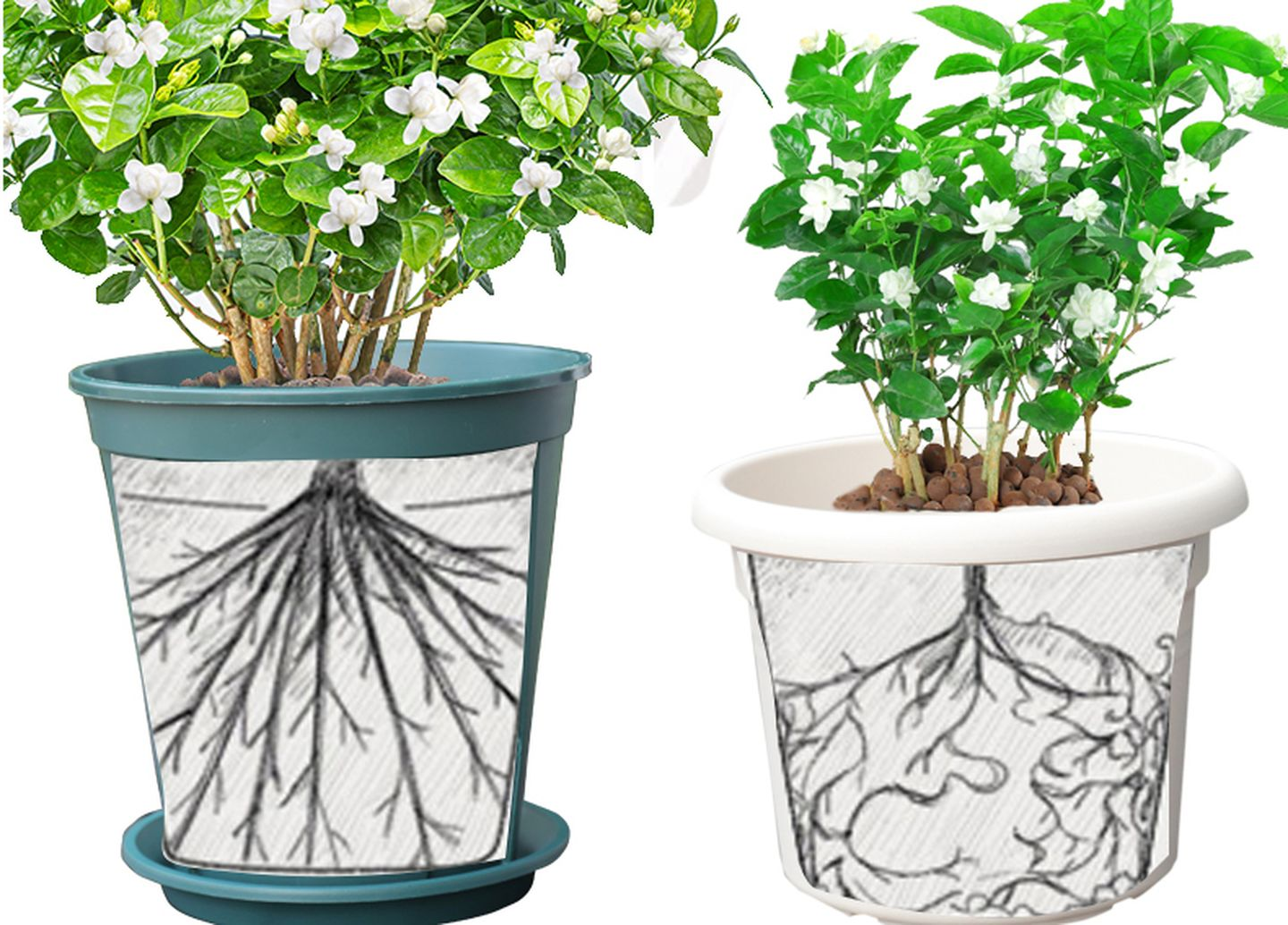
A large portion of these pots are made of plastic or resin. The motivation behind why they are listed independently is on the grounds that their shape configuration is unique in relation to that of normal plastic plastic flower pots.
The princible of this kind of pot is: the whole external divider or the center and lower portions of the external divider embrace a permeable plan. At the point when the foundations of the blossoms are tied around these little openings, the air and daylight will deliver a comparable shearing impact, with the goal that the roots presently don't stretch out to the pot.
Subsequent to being sheared, the root framework will deliver more bifurcated and slim roots, making the general root framework short, thick and well developed. Subsequently, it is named root control pot. This kind of design is applied to garden and large-scale bonsai pile maintenance, which is a large-scale root control device.
In the wake of perusing the types of different pots, I think you likely have a couple as a top priority. How about we uncover the methods of utilizing the flower pots.
The most unsuitable flowerpot for amateurs is the glazed porcelain flower pot, since it is hermetically sealed, impenetrable, and has a helpless warm protection impact. Cold in winter and warm in summer can can easily cause rotten roots.
Metal, concrete, glass and other pots with hermetically sealed and watertight dividers, plastic pots with a level base and few base openings are not suitable for beginners Similar to glazed ceramic pots, they are the root killers.
Pottery pots and tile pots are more root-growing and suitable for the beginners. Nonetheless, in regions with a great deal of water and antacid, you should regularly spotless and wipe the white blossoms on the external mass of the salt.
The dividers of the clay pots and sweat-soaked mud purple sand pots are simpler to clean than earthenware pots and it is roots friendly, so it is prescribed for learners to utilize. The only concern is the excessive cost.
The most suggested is the root control pot, which is light in weight and has an assortment of choices for appearance and shading. Interestingly, it isn't just breathable, penetrable, and root developing, yet additionally can deal with the root framework and advance the development of blossoms. A decent root control pot won't cause excessive thin roots twisted together.

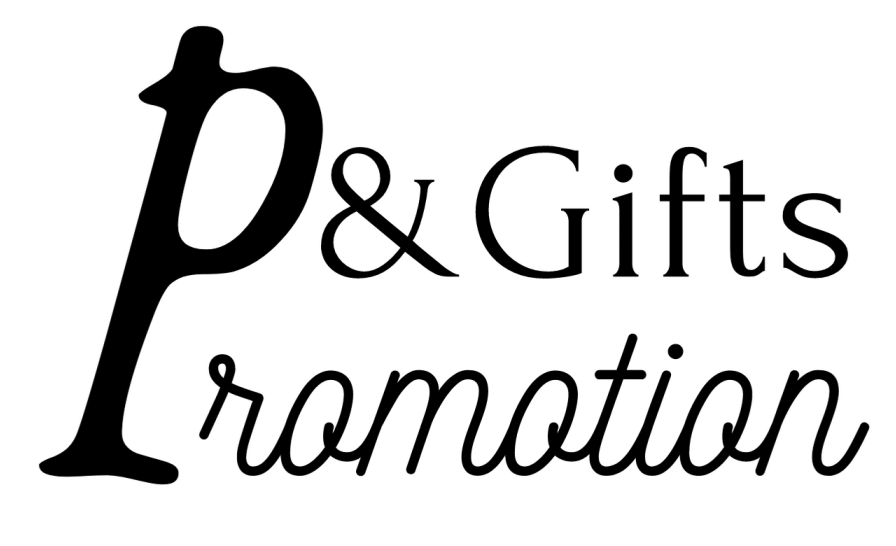
 English
English German
German French
French Arabic
Arabic Afrikaans
Afrikaans Albanian
Albanian Armenian
Armenian Azerbaijani
Azerbaijani Basque
Basque Belarusian
Belarusian Bulgarian
Bulgarian Catalan
Catalan Croatian
Croatian Czech
Czech Danish
Danish Dutch
Dutch Estonian
Estonian Filipino
Filipino Finnish
Finnish Galician
Galician Georgian
Georgian Greek
Greek Haitian Creole
Haitian Creole